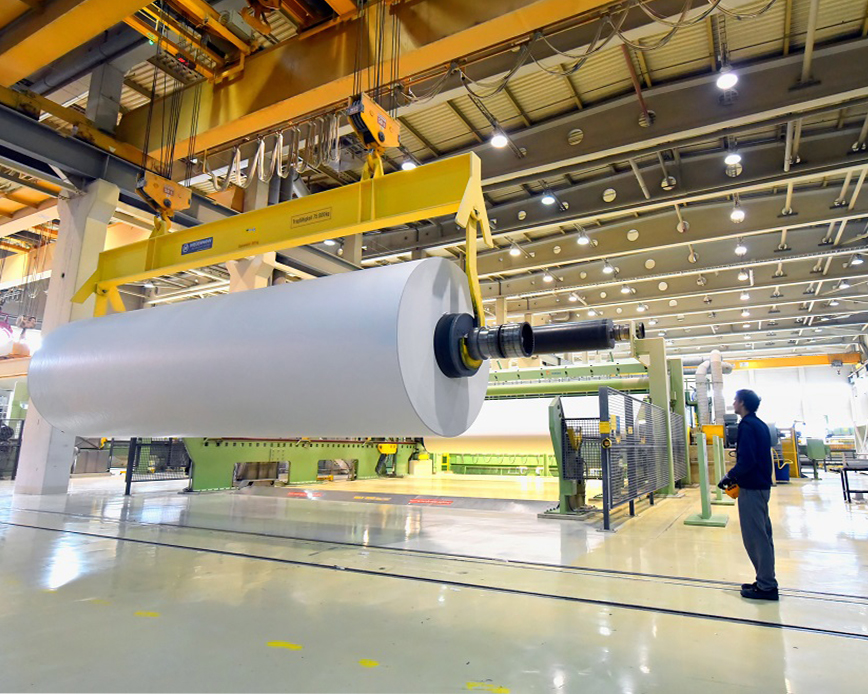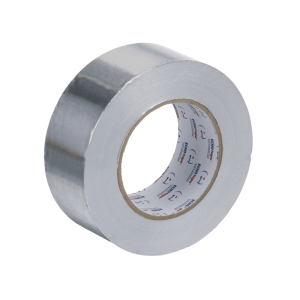If you thought the paper and pulp industry was going to disappear, think again. True, there has been a marked decline in traditional paper industries like newsprint. However, global trends are driving the need for new and innovative paper products, putting pressure on paper mills and corrugators to innovate and change.
4 Trends Driving Change In the Paper Industry
As a company that’s served the paper, pulp, and corrugate industries for four decades, we’re keenly aware of how the digital revolution has wreaked havoc on the market. And while there were substantial downturns in the late 1990s and early 2000s, paper mills are not disappearing—far from it. We would argue that the industry is going through the most substantial transformation it has seen in many decades. Consider these four statistics as proof:
- In 2020, the global production of pulp and paper reached 490 million tons, up from 390 million tons in 2018.
- Global shipping volume surpassed 100 billion parcels in 2020, up from 74 billion parcels in 2017 according to Pitney Bowes.
- More than 15% of pulp and paper product sales in the United States will occur online, driven by higher demand for raw materials and corrugated boxes.
- A goal of collecting and recycling 55% of all plastic packages has been set by the European Union and is expected to be reached by 2030. This will impact the pulp and paper industry, in a good way. North America and Asia do not have such governmental standards in place, however in the U.S. particularly, anti-plastic consumer sentiment is expected to drive legislative change.
How Paper Mills Will Pivot and Profit
While traditional markets like commercial print companies and newspapers have declined in recent years because of laser printing and online media, the opportunity for forest-products companies to innovate has never been greater. At ECHOtape, we see the following trends as opportunities for one of our core markets to pivot and profit.
Recyclable Products. At the forefront of this trend is recycling. The movement to reduce waste from plastic packaging is being driven by changing consumer preferences and for good reason. The massive islands of plastic waste floating in the Pacific Ocean have garnered extensive media attention over the past few years, heightening consumer awareness about the excessive plastic pollution both on land and sea. These preferences are spurring brand owners to replace plastic with renewable and recyclable alternatives and to address plastic in their sustainability goals.
Either way, this “anti-plastic” sentiment is beneficial to the pulp and paper industry in that it encourages biodegradable alternatives. Simply put, the problems associated with plastic result in a tremendous number of opportunities for paper mills. The development of alternative products will continue well into the next decade, especially as it relates to the banning of single-use plastic products.
Intelligent Packaging. It seems like just about everything is becoming a “smart” version of itself, so why not merge paper with new technology to create products that can do more than just wrap packages? This includes “smart packaging” containing built-in digital sensors. These products are grouped into two types: active packaging and intelligent packaging. Active packaging controls the environment of the product shipped, such as temperature. This could be important in shipping things like food products.
Digital “intelligent” packaging is becoming more important in two ways. First, more kinds of products are being shipped across the globe. Everything from cupcakes to fragile antiques. Being able to control the safe travel of these products and ensure their delivery is becoming more important.
Numbers back this up. U.S. demand for intelligent packaging is expected to grow 8 percent annually. The market was forecast to top $3.5 billion in 2017. The two largest markets for this type of packaging are food and beverages, due to new online food ordering and delivery, and pharmaceuticals that are increasing in demand by aging baby boomers.
The second way digital packaging is becoming more crucial is in overall safety. The threat of terrorism is a concern for government and corporation offices receiving packages daily. Having a digital way to identify contents and ensure safety, i.e. tamper-proof packaging, would be of high value. Also, consider money: Embedding traceable chips within “smart” paper money raises the possibility of banks and governments guarding against counterfeiting and fraud.
[echo_cta]
Increased Corrugate Demand. Thanks to the explosion of eCommerce, there is a higher demand for raw materials and corrugated boxes, as well as an increase in the number of products that are required immediately with very little lead time. There is also a shift toward more lightweight packaging at all levels, including luxury brands. One of the benefits of lightweight packaging is that it can support the growth of a business by cutting expenses. Lightweight packaging lowers pulp expenses, reduces CO2 emissions and slashes shipping costs, which are just some of the many benefits.
Hygiene Products Packaging. As the middle class grows in developing nations worldwide, so goes the demand for hygiene products such as toilet paper, wipes, tissues, and paper towels, to name a few. Manufacturers in the pulp and paper industry have exploited this growth in socioeconomic status by producing packaging that accommodates an increasing demand.
Advances in Food Packaging. Packaging for food seems to be in constant development. In recent years, there has been an increasing interest in packaging products that are resistant to grease, yet do not contain any fluorochemicals. Likewise, there is an increased interest in thermal packaging linked to the increase in food delivery services. Specifically, the explosion of third-party delivery service providers, such as GrubHub and UberEats, has created a need for thermal packaging. As long as consumers expect to have hot food delivered to their home expeditiously, there will be a thriving thermal market in pulp and paper. There are many possibilities and opportunities in this area that will emerge as e-commerce continues to evolve.
Nanocellulose Disruption. Completely new revenue streams are being developed by traditional paper mills through the extraction of nano-materials from cellulose fibers that can be used to enhance the performance of products unrelated to the paper industry such as paints, coatings, cosmetics, adhesives and video screens. That soft, comfortable rayon shirt or sweater is likely the result of a process that regenerates wood fiber called dissolving pulp into high-quality fabrics used throughout the textile industry.
As with any shifting industry trends and remarkable innovations, we’re paying close attention. Our tape is used in the production and converting processes of all kinds of paper. As the industry develops these new substrates and materials, they will be looking for new kinds of tape to get the coring, tabbing and splicing job done. We’re ready to meet that challenge.





